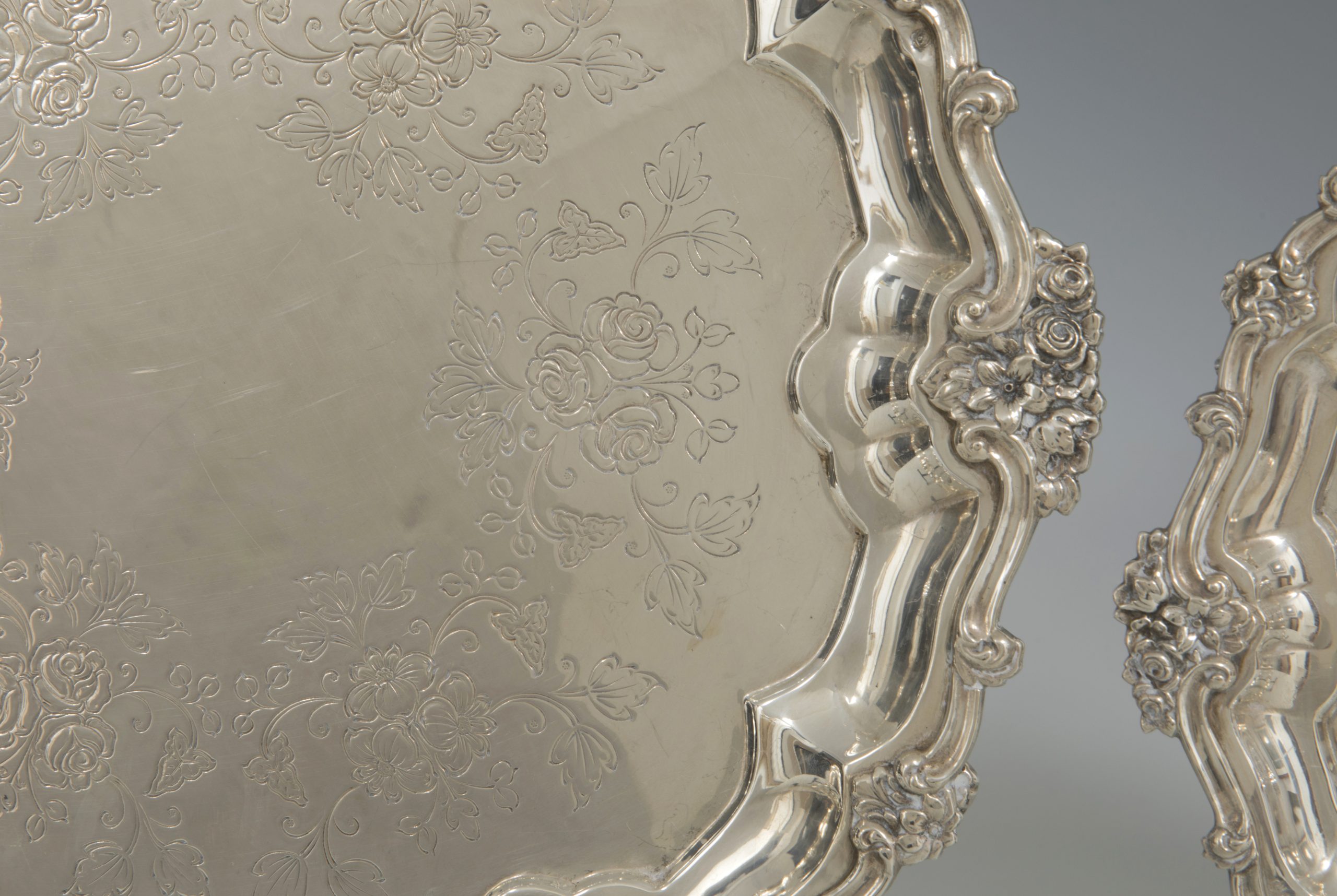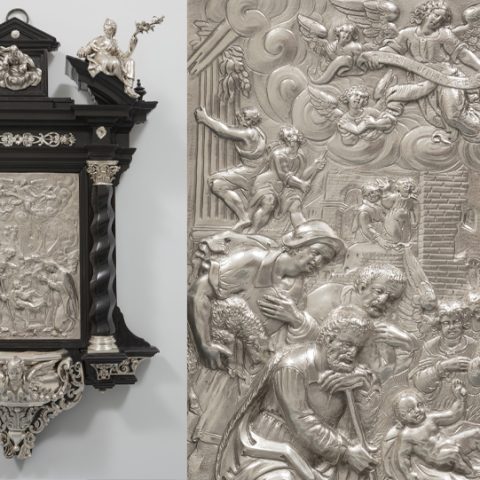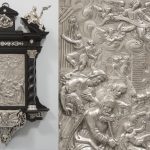Pieces made of silver usually have small marks, sometimes hidden and difficult to find, that reveal a lot of information. They are called punches and, depending on the country of origin of the work and the period, vary in shape.
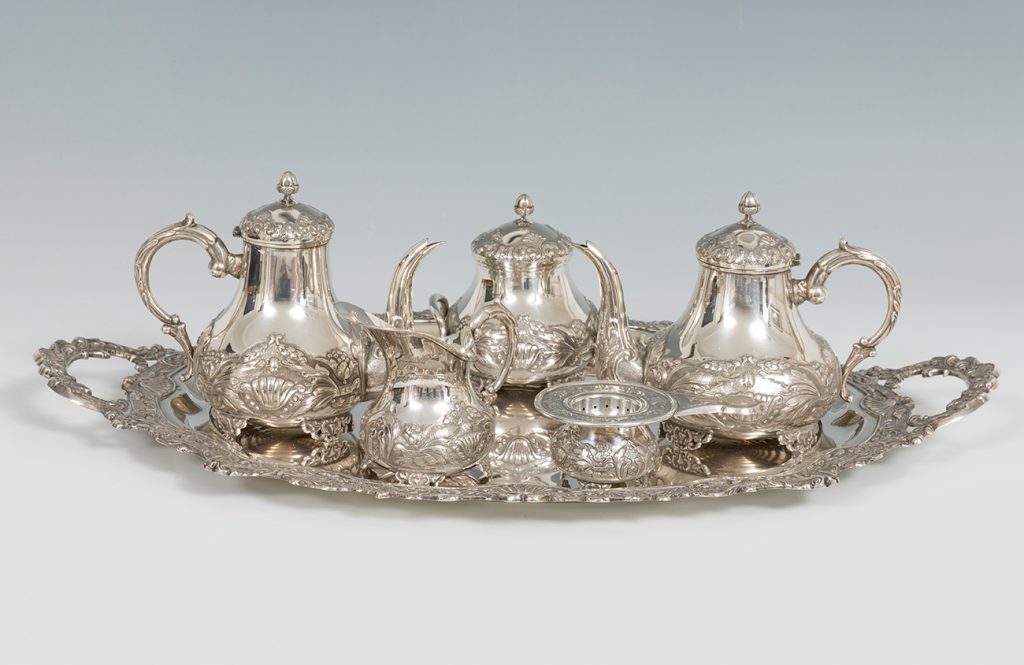
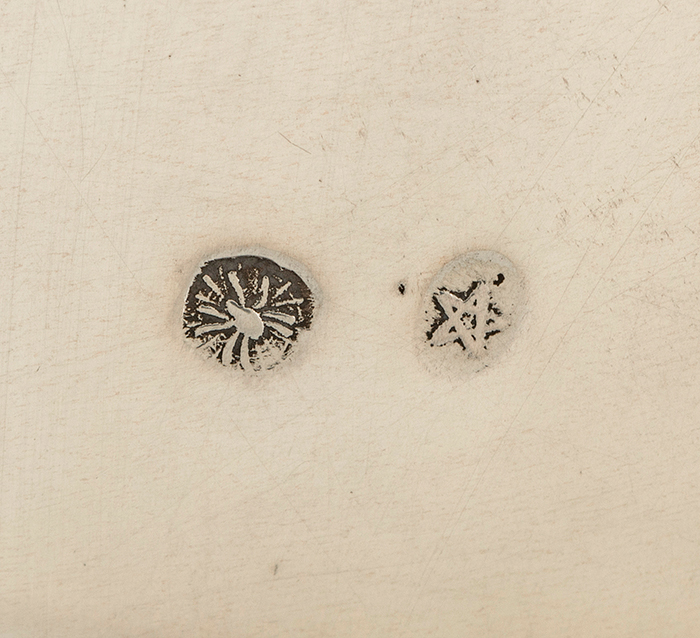
Punching information in Spain
The marking system was established in Spain during the Middle Ages, with the aim of ensuring the quality of silver and preventing fraud in its commercialization, with the regulation of this system falling to the municipalities.
The marks were applied, in the traditional way, using steel punches, which, by means of a dry blow, were stamped on the silver. These were used to identify the artisan, the locality of origin, the official marker of the town and sometimes even the date of manufacture.
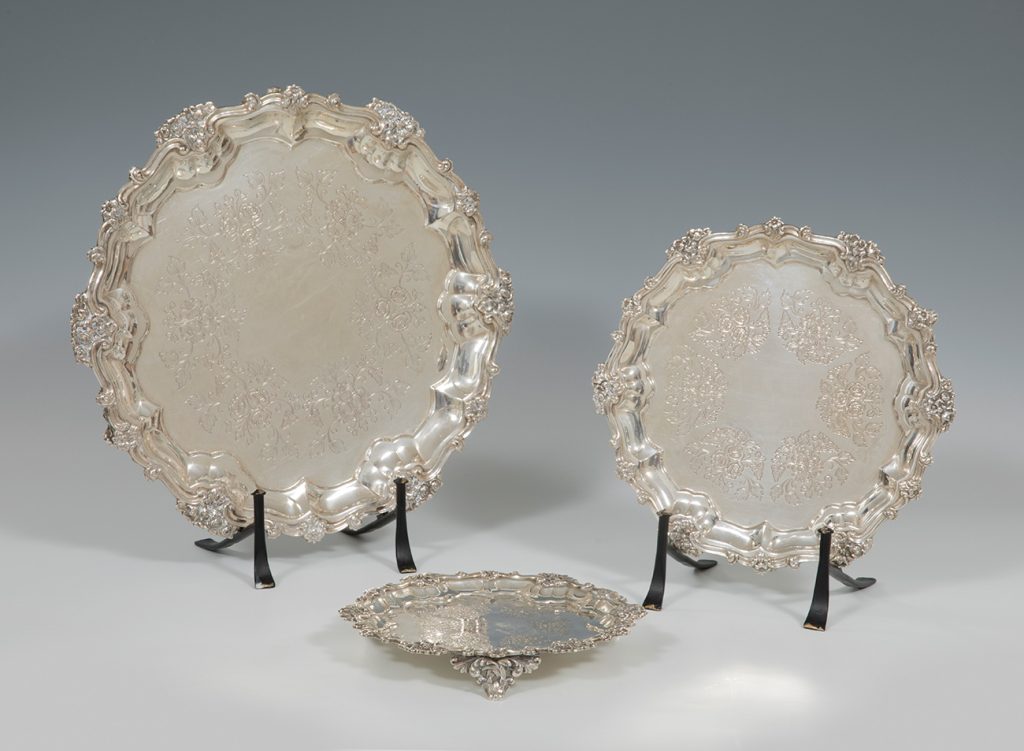
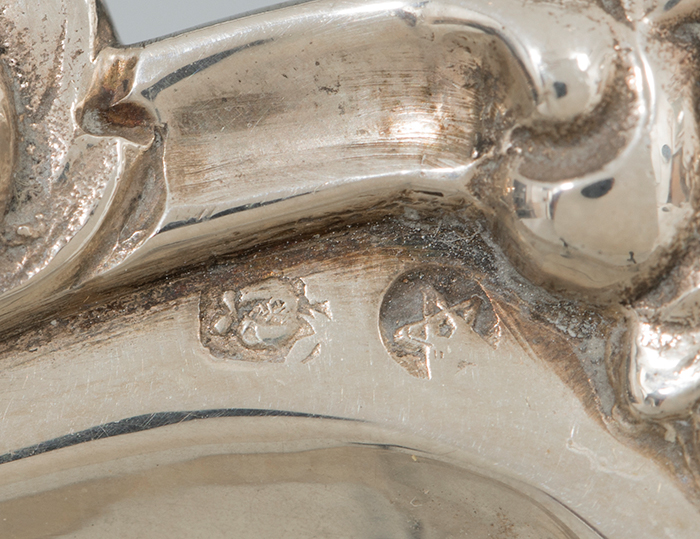
Evolution of punching in Spain
Chronological marks began to be used, exceptionally, in Spanish silverware in the 17th century. Their use became frequent in the 18th century, and since 1934, the five-pointed star, inscribed in an irregular circle, became the official contrast in Spain.

